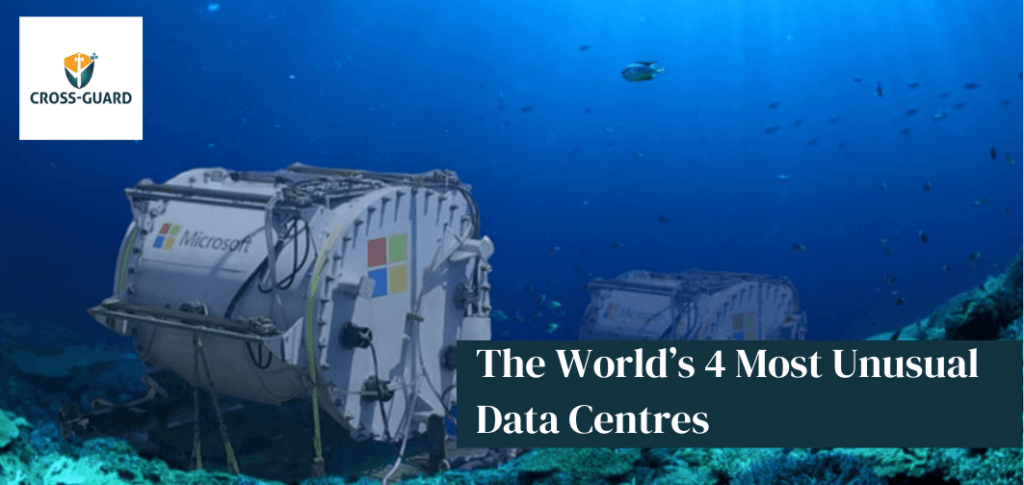The World’s 4 Most Unusual Data Centres

When it comes to data centres, the features that tend to be prioritised are things like security and overall performance, rarely do we take time to consider the looks of their locations. Here are a few of the most unusual data centres.
Pionen White Mountain, Sweden
Few people walking through the picturesque cobbled streets of Stockholm realize that beneath their feet is one of the world’s most secure and one-of-a-kind data centres. Built as a civil defence facility in the early 2000s, the underground space was transformed into a data centre in 2008 by Swedish Internet service giant Bahnhof.
This unique data centre was inspired by sci-fi and Bond films while covering a staggering 12,816 sq. ft and is buried 100ft underground under solid granite. It has been claimed that the data centre can endure a hydrogen bomb attack.
Green Mountain, Norway
Green Mountain’s SVG1 data centre is situated in Norway. This unique data centre has undergone an incredible transformation. The site has been transformed from a high-security NATO ammunition storage facility to a 22,600-square-meter colocation data centre. SVG1 consists of six mountain halls each with a two-story concrete building. This highly secure data centre can withstand a nuclear war and a natural disaster.
Sustainability is another key feature of the Green Mountain facility. It runs on 100% renewable hydroelectric power, uses the nearby fjord for cooling, and generates waste heat that will feed a new lobster farm being built on the land.
Microsoft, Project Natick, Scotland
Microsoft Project Natick is a data centre sunk 117ft deep off the coast of the Orkneys Islands in Scotland in spring 2018. The purpose of Microsoft Project Natick is to prove the economics of building full-scale underwater data centres using 100% locally generated renewable energy. The results of Project Natick point to a sustainable, safe and efficient future for underwater data infrastructure.
Google Hamina Data Centre, Finland
Google’s Hamina data centre site is located next door to Finland’s Gulf of Finland, which means Google can use seawater to cool the site and pump the water back into the gulf, significantly reducing their local water usage. Google takes a climate-responsible approach to cooling for data centres worldwide. This includes assessing the local environment and choosing the right cooling solution to reduce net climate impacts.
SHARE

